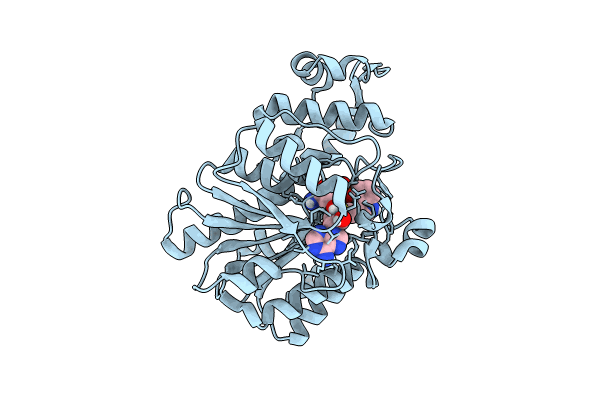
Deposition Date
2024-06-06
Release Date
2024-10-23
Last Version Date
2024-12-11
Entry Detail
Biological Source:
Source Organism:
Psilocybe cubensis (Taxon ID: 181762)
Host Organism:
Method Details:
Experimental Method:
Resolution:
0.90 Å
R-Value Free:
0.14
R-Value Work:
0.13
R-Value Observed:
0.13
Space Group:
P 21 21 21


